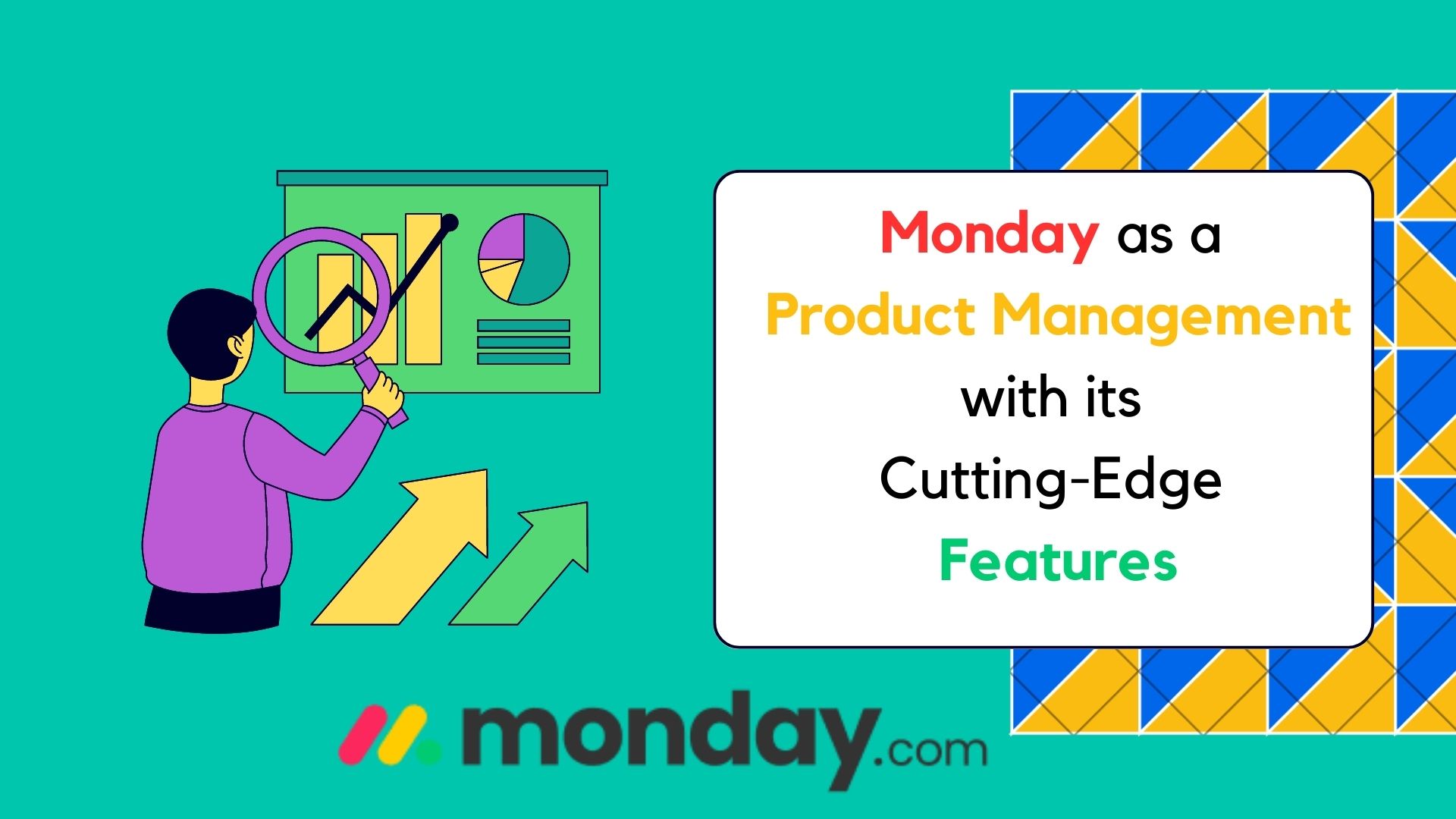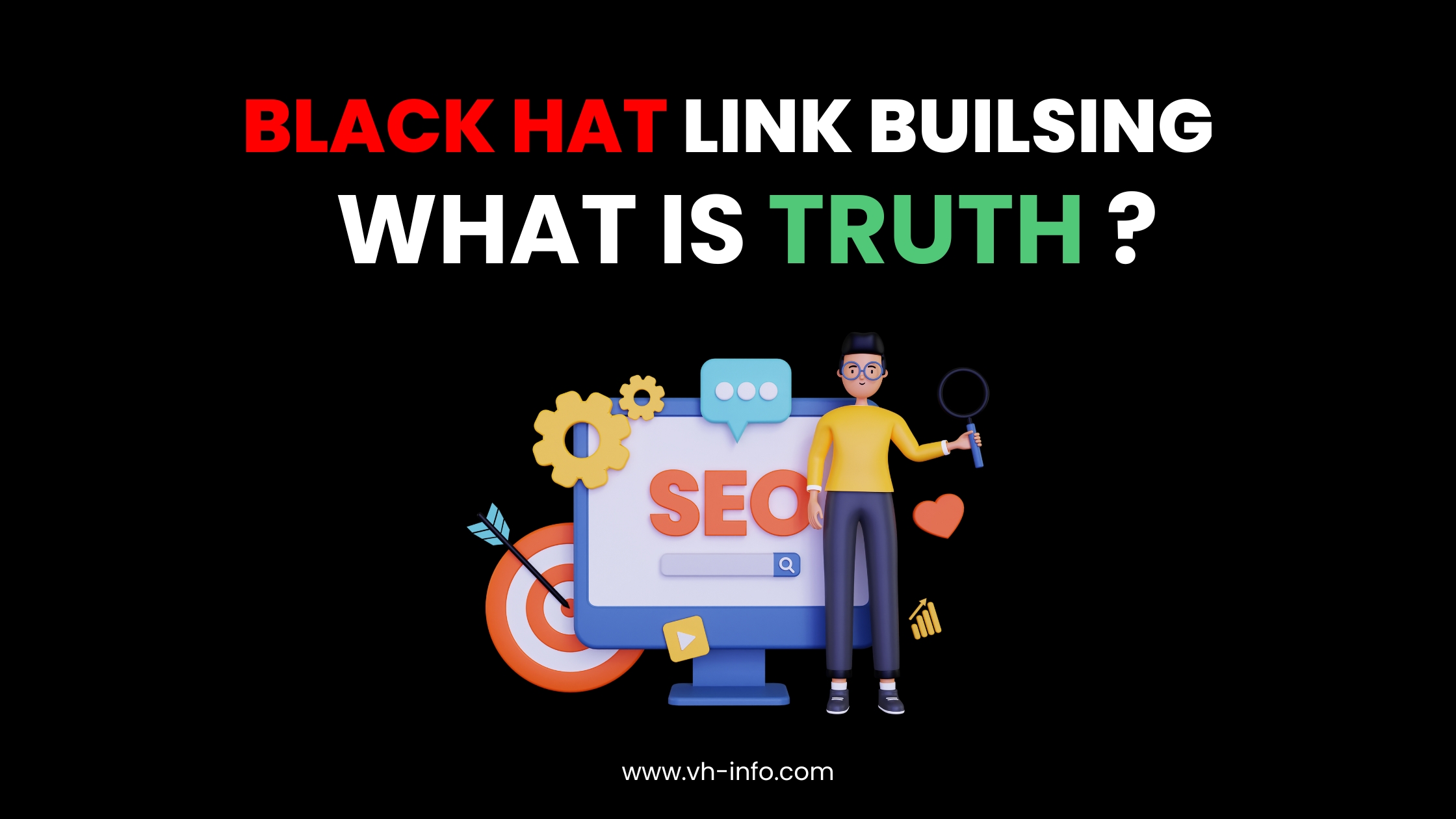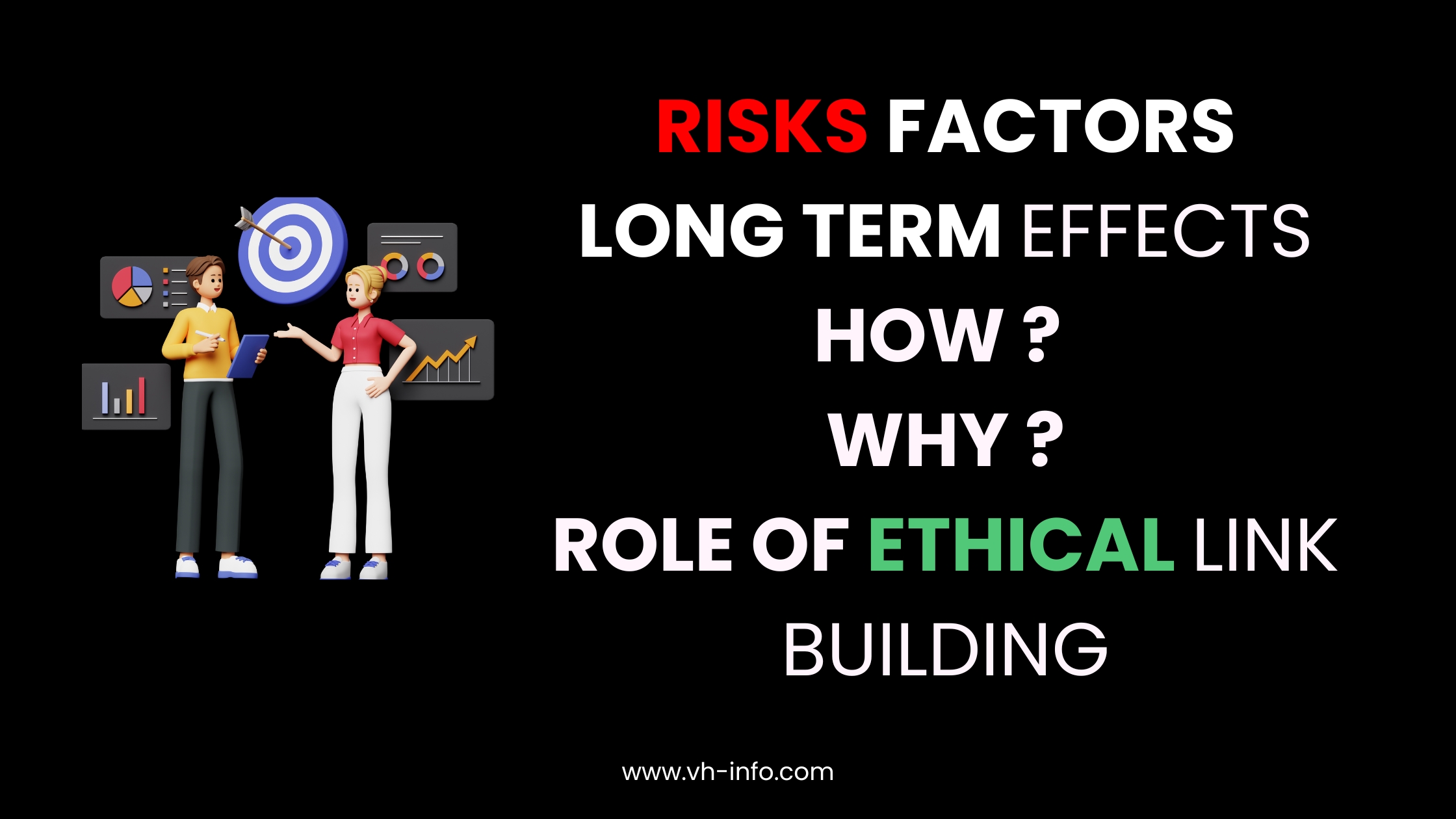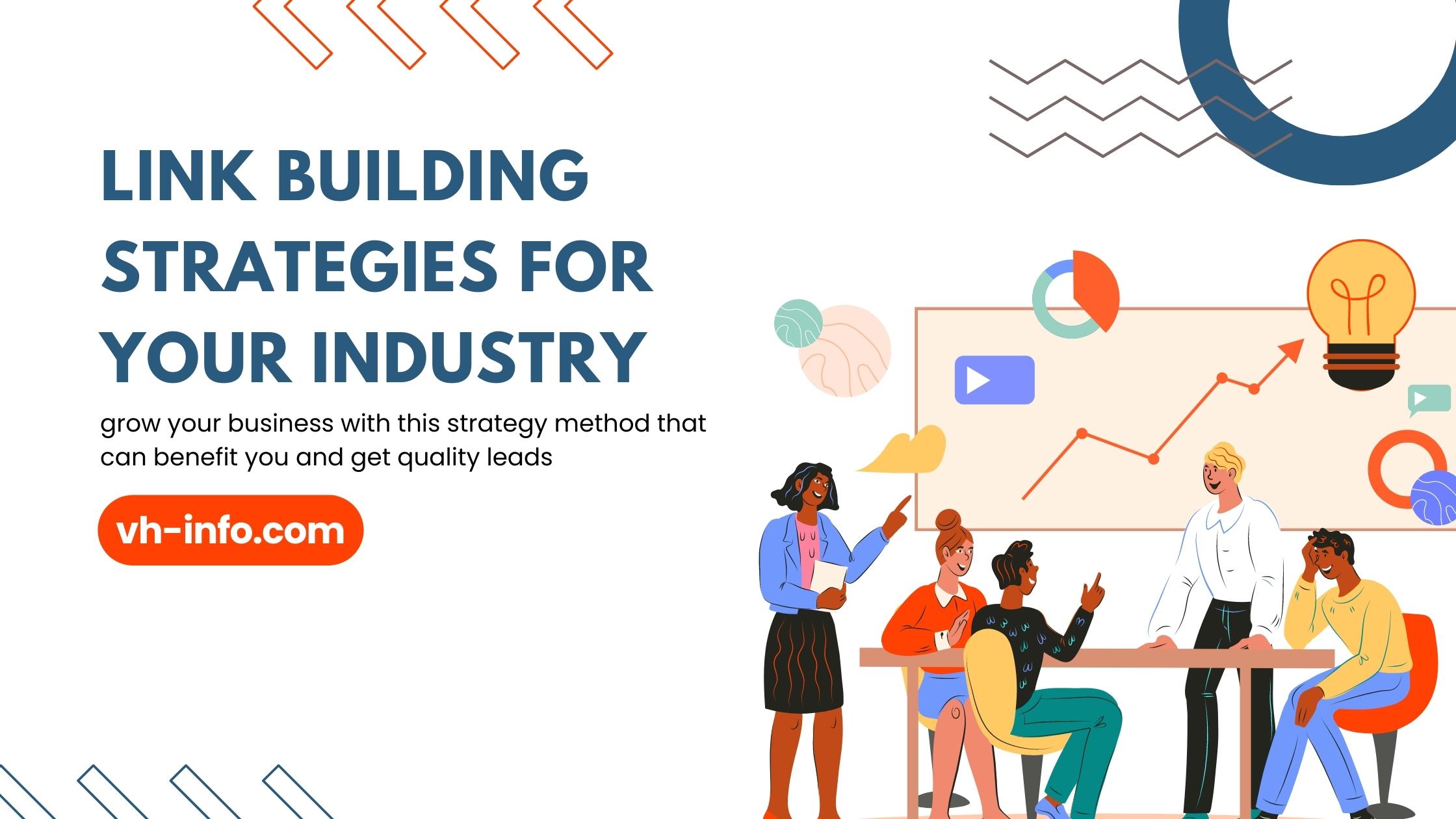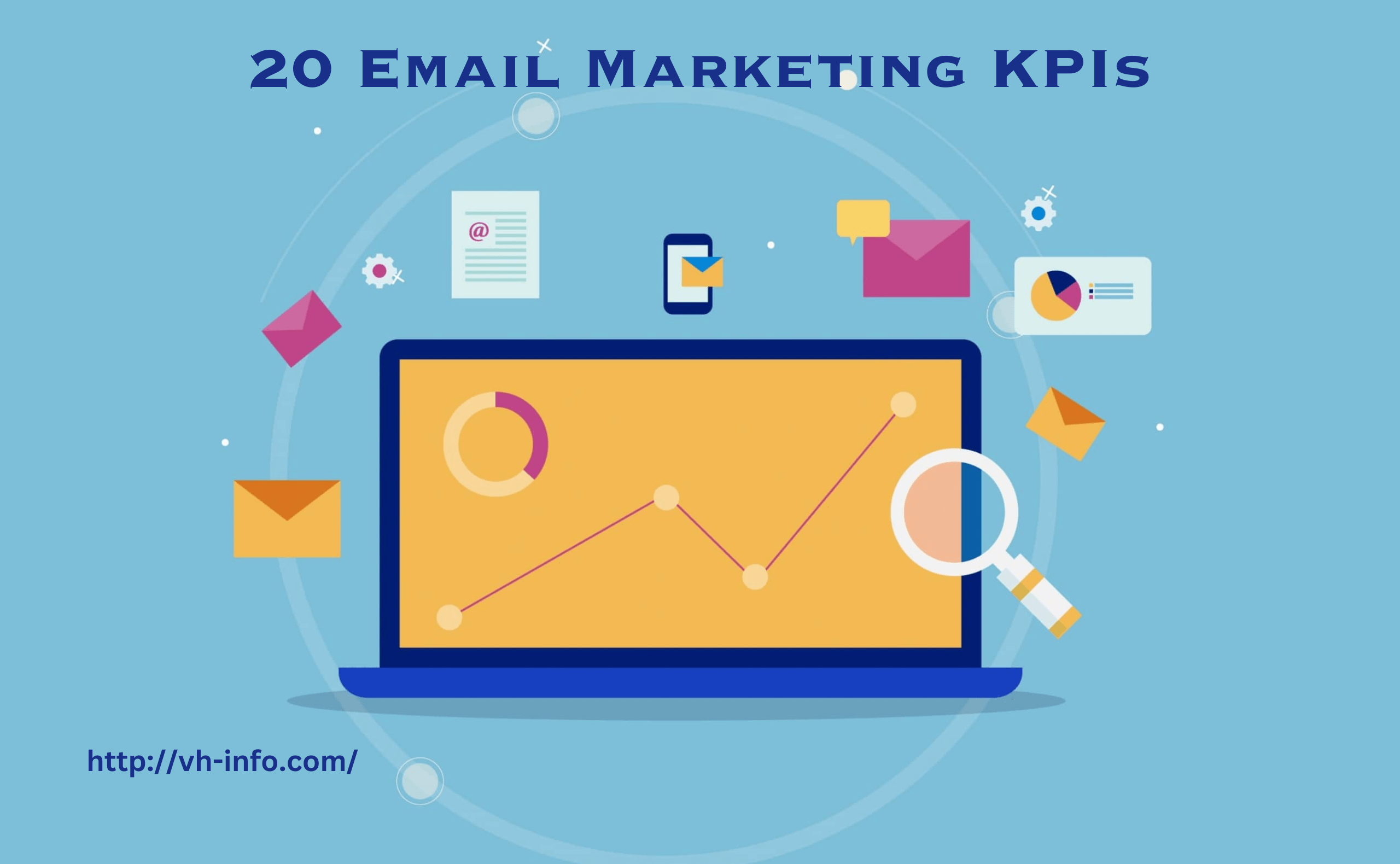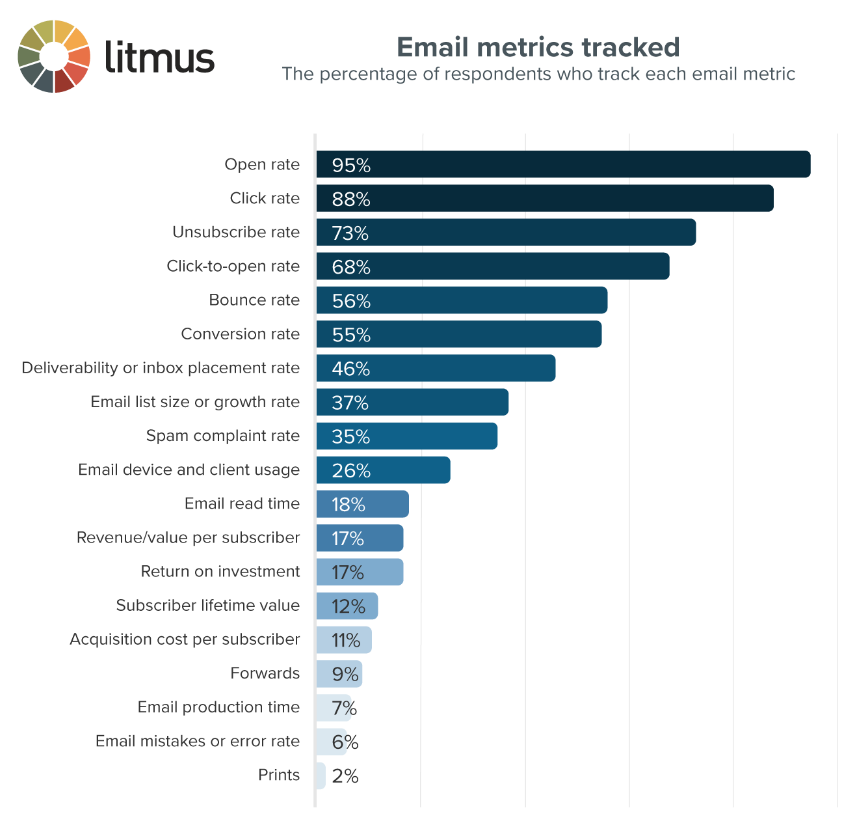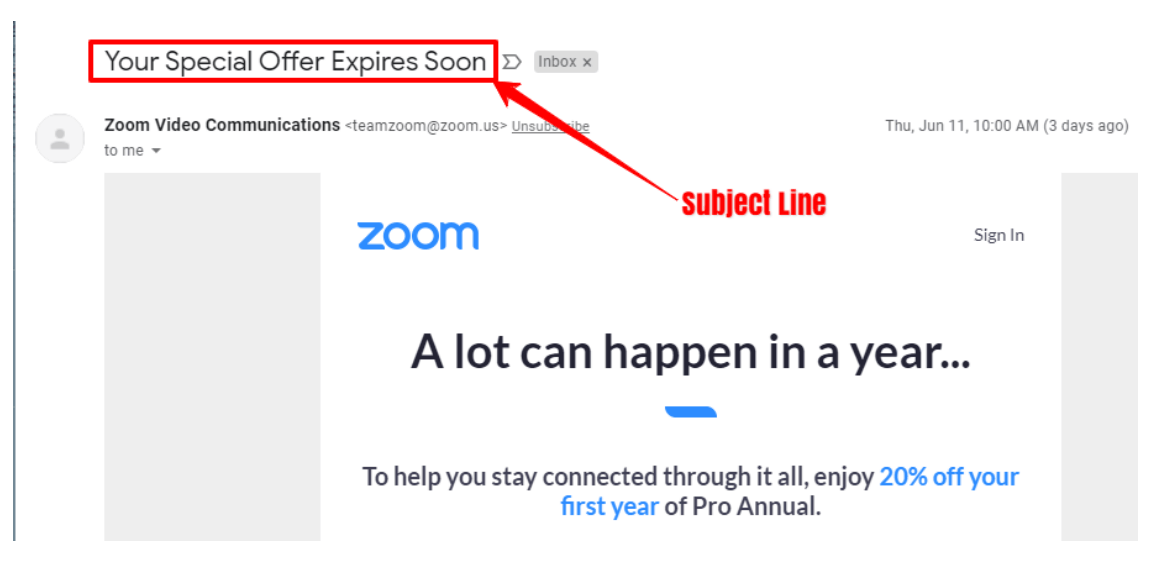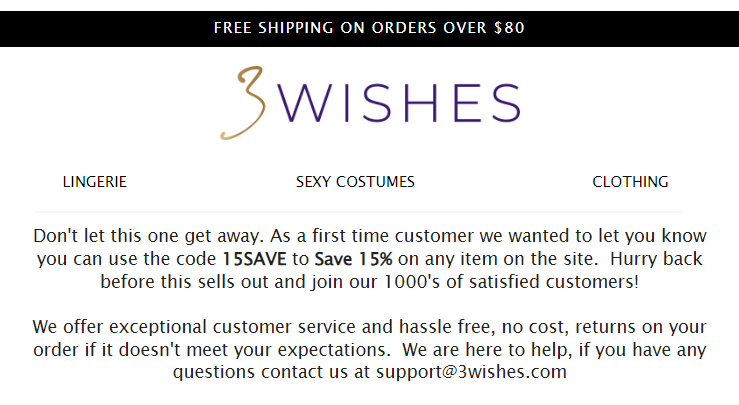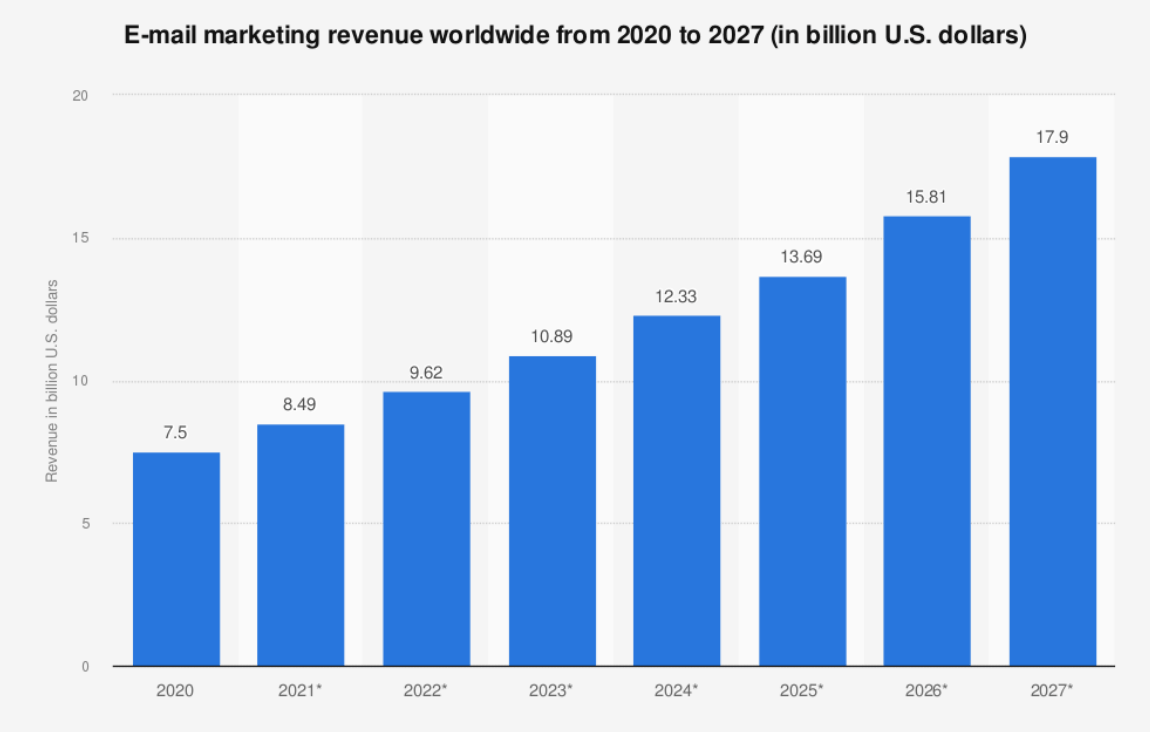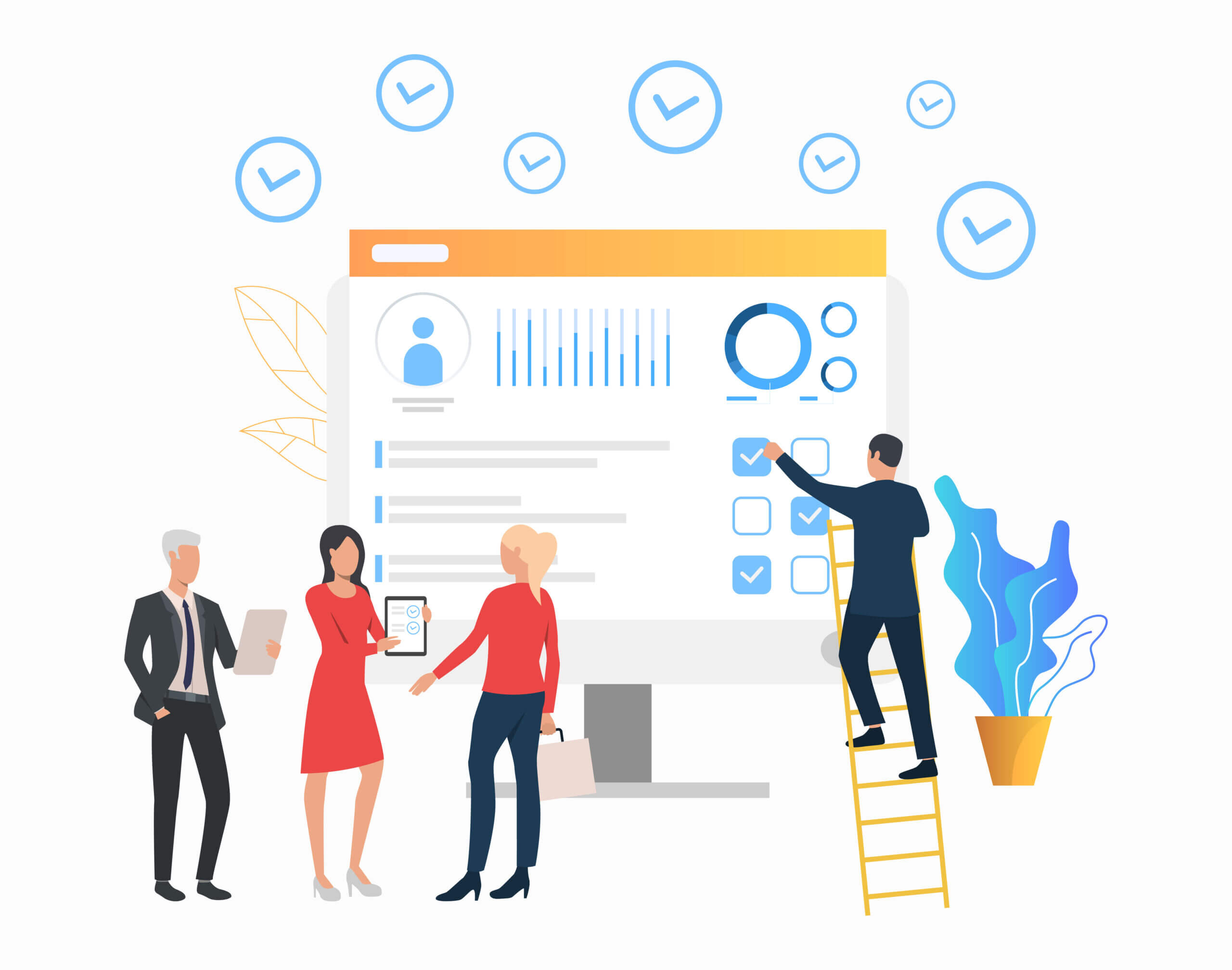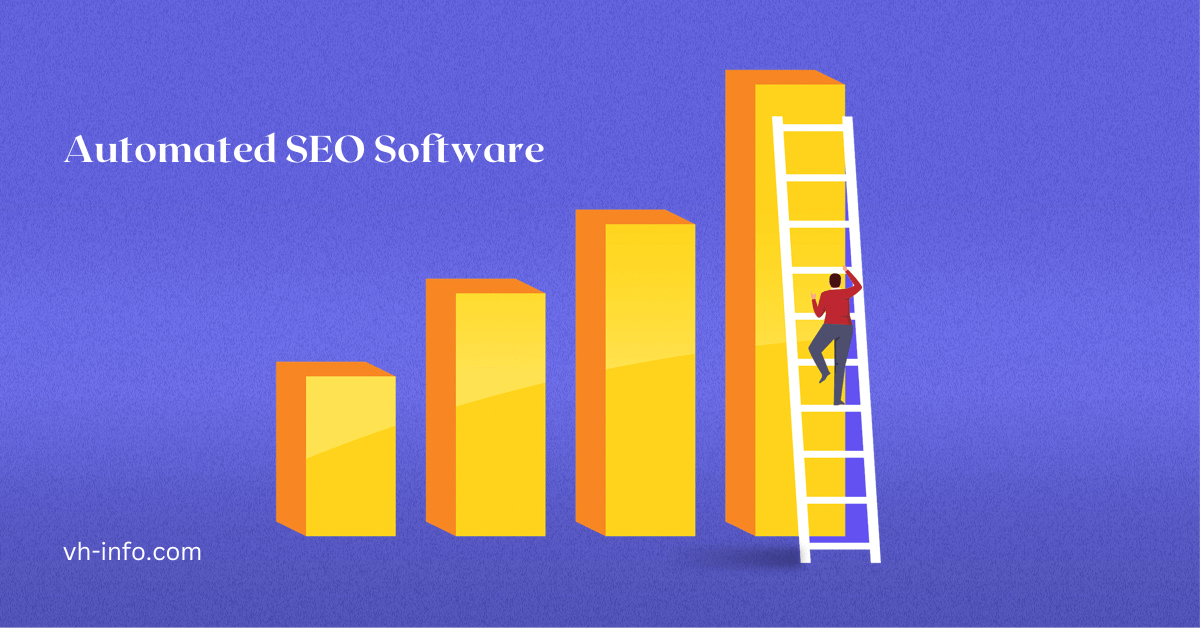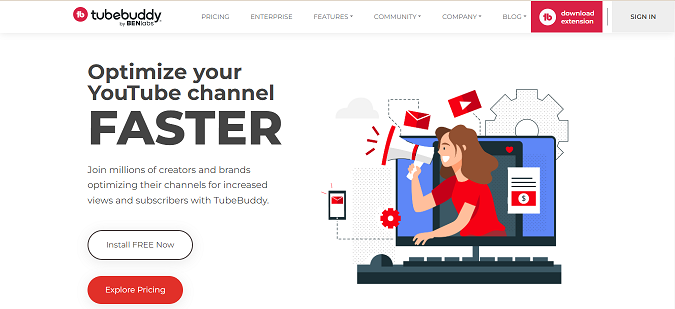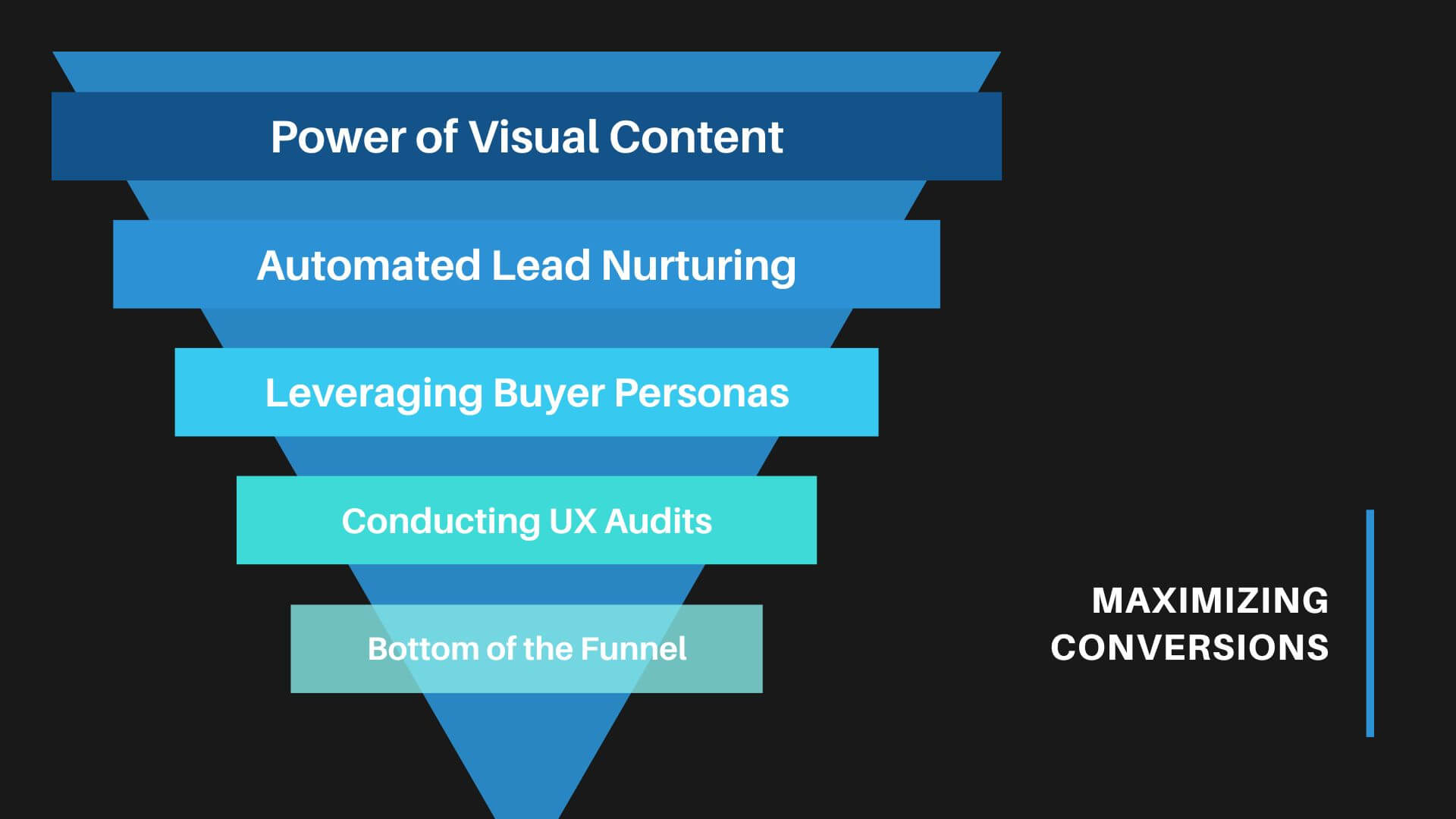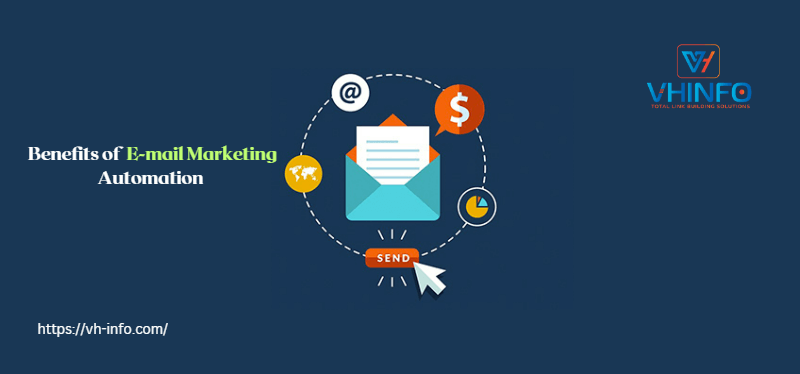Introduction
Product management is essential for every organization’s success. It entails the process of creating, organizing, and managing products from conception to launch and beyond. As businesses attempt to remain competitive in today’s fast-paced business environment, the importance of competent product management has become increasingly clear. Monday.com has developed as a prominent platform that revolutionizes the way product management is conducted in response to this growing demand. Monday.com has earned a good name in the business for its cutting-edge features and user-friendly UI.
What is Monday.com ?
Monday.com is a highly customizable and flexible solution provider workflow based on specific needs of client projects. This is a complete project management solution with end-to-end solution with powerful features for all aspects of work.
The Evolution of Product Management
Traditional approaches and limitations
Formerly, product management relied heavily on manual processes and disconnected systems, resulting in inefficiencies and a lack of visibility. Traditional approaches frequently involved complex spreadsheets, email chains, and disconnected communication channels, which hampered collaboration and productivity. These antiquated practices were unable to keep up with the demands of today’s volatile corporate climate.
The rising need for innovative solutions
As businesses recognise the value of streamlined procedures and effective communication, there is a growing desire for new solutions to overcome the limits of traditional product management systems. Organizations are looking for tools that provide extensive functionality, improve team collaboration, and allow for seamless connection with other critical tools and systems.
Monday.com’s role in transforming product management
Monday.com has emerged as a major changer in the product management industry. By offering cutting-edge features and functionalities, this platform tackles the constraints of previous techniques. Its user-friendly design, agile project management tools, and seamless integration possibilities have transformed how teams collaborate, plan, and track their product development processes. Organizations can use Monday.com to optimize their product planning, improve communication and collaboration, streamline task management, and make data-driven choices like never before.
Read More:Ultimate Guide to Product Management
Monday.com Core Features
Monday.com provides a set of fundamental tools that enable businesses to successfully manage their products and projects. Let’s have a look at these characteristics and see how they can help to revolutionize product management.
- Build a Product Road Map
- collaborate and communicate with other departments through messaging
- organize meetings and take notes on critical issues,
- restrict access and conceal material from particular individuals
- comment on one another’s work
- make a variety of bespoke boards and templates,
- Use automation for certain tasks.
- maintain project tracking and job distribution, and
- Integrate particular applications to obtain information on critical issues and data.
#1 Agile project management for enhanced collaboration
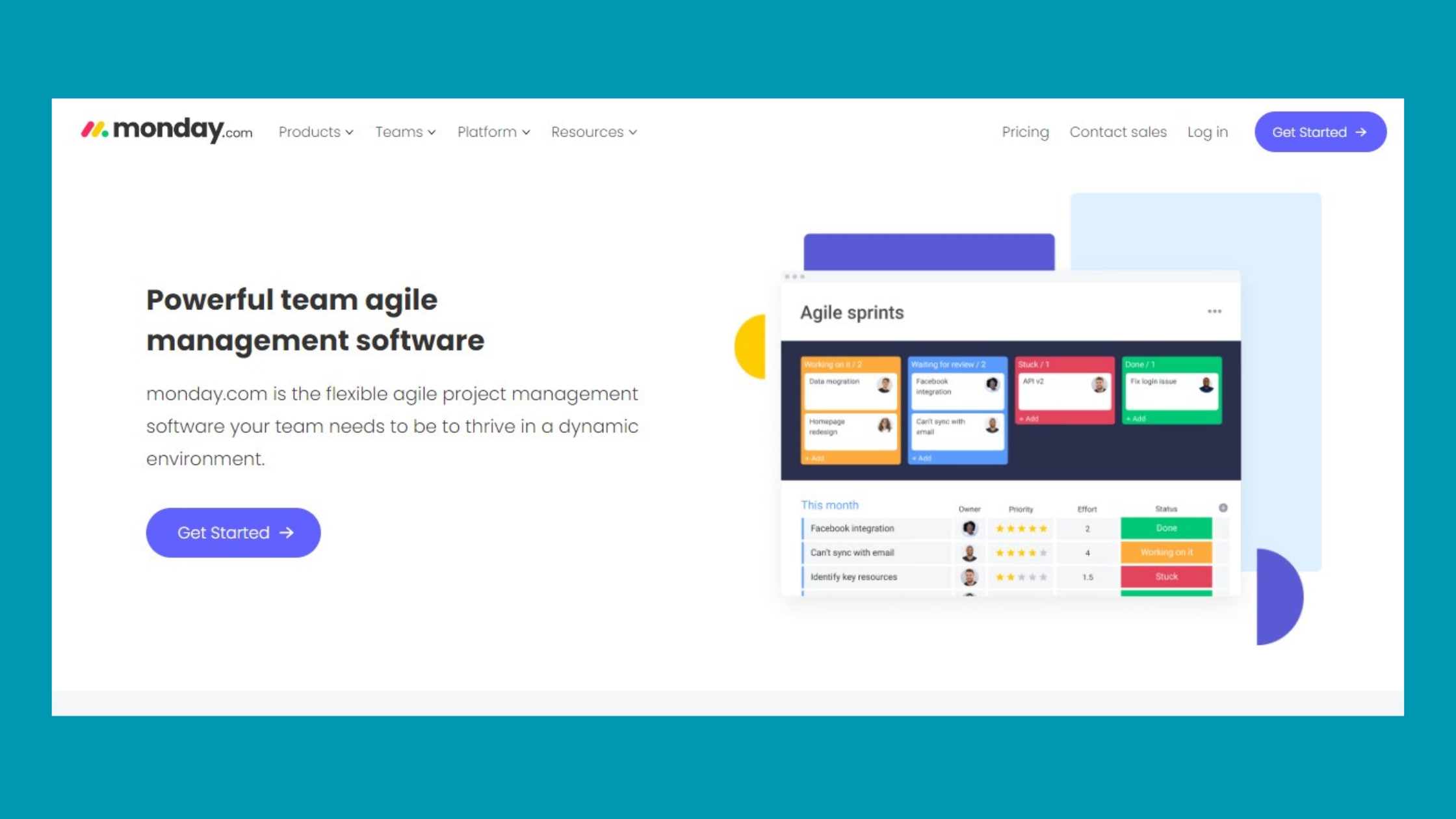 Monday.com complies to agile project management concepts, allowing teams to collaborate and adapt to changing requirements. Teams can divide down projects into smaller tasks, allocate responsibilities, and track progress in real-time using agile approaches such as scrum or Kanban boards. This strategy encourages team members to be flexible, transparent, and efficient in their collaboration, ensuring that everyone is working towards the same objective of delivering excellent solutions.
Monday.com complies to agile project management concepts, allowing teams to collaborate and adapt to changing requirements. Teams can divide down projects into smaller tasks, allocate responsibilities, and track progress in real-time using agile approaches such as scrum or Kanban boards. This strategy encourages team members to be flexible, transparent, and efficient in their collaboration, ensuring that everyone is working towards the same objective of delivering excellent solutions.
#2 Customizable boards and workflows for tailored project management
Monday.com’s configurable boards and workflows are one of its primary assets. Organizations can customize their project management processes to their own needs and workflows. Monday.com allows you to construct customized boards that reflect certain stages, activities, and milestones, whether it’s a software development project or a marketing campaign. This level of personalization improves visibility, accountability, and ensures that teams are aligned and working efficiently to achieve project objectives.
#3 Seamless integration of third-party tools for comprehensive functionality
Monday.com recognises the value of a holistic work environment in which all important tools effortlessly combine with one another. Monday.com, with its extensive native integrations and comprehensive API, enables businesses to link their favorite tools and platforms, such as Slack, Jira, or Salesforce, to boost productivity and improve workflows. This complete integration capabilities reduces the need for continual context switching between multiple applications, allowing teams to concentrate on the most important work.
#4 Simple UI for quick adoption and onboarding
Monday.com is an easy-to-use layout that speeds up adoption and reduces the learning curve. The platform’s visual representations of tasks, schedules, and progress allow team members to quickly comprehend project status. The drag-and-drop capability, as well as the option to customize displays based on individual preferences, guarantee that teams can quickly adapt to the platform and begin collaborating successfully from the outset.
Optimizing Product Planning and Roadmapping
Product planning and roadmapping are critical components of successful product management. Monday.com provides a number of services that enable businesses to optimize their product planning process
#1 Efficiently creating and managing product roadmaps
Monday.com offers a comprehensive range of tools for developing and managing product roadmaps. Teams can effectively communicate their product vision and strategy, identify major milestones, and align stakeholders towards a shared path using customizable templates and a visually attractive interface. The ability to organize and categorize features with flexibility allows teams to prioritize initiatives and adjust roadmaps as market conditions change.
#2 Streamlining feature prioritization and backlog management
Product managers frequently have difficulties in prioritizing features and managing backlogs. Monday.com makes this process easier by including options for feature prioritization and backlog management. Teams can evaluate possible features collaboratively, weigh their value and effort, and make data-driven decisions on what to prioritize. This streamlined approach guarantees that the most useful features are efficiently offered to clients.
#3 Enhancing resource allocation and capacity planning
Product success is dependent on effective resource allocation and capacity planning. Monday.com assists organizations in optimizing resource allocation by offering a clear view of each team member’s workload and availability. With this data, product managers can make educated resource allocation decisions, ensuring that projects are adequately staffed and team members are not overburdened with excessive workloads. This level of resource management boosts efficiency and lowers the danger of burnout.
Unifying Communication and Collaboration
Effective communication and teamwork are essential for cross-functional product development teams. Monday.com includes tools that encourage smooth collaboration and transparent communication among team members.
#1 Real-time collaboration for cross-functional teams
Monday.com enables cross-functional teams to collaborate in real time, breaking down communication barriers and establishing a sense of togetherness among team members. Team members are kept aware about changes, progress, and updates in real time, enabling for quick responses and timely decision-making. This level of transparency and collaboration boosts productivity and assures that team members, no matter where they are situated, are always on the same page.
#2 Tracking progress and updates with ease
The days of long email exchanges and complicated progress tracking are over. Teams may quickly follow the progress of tasks and projects with Monday.com in a visually appealing and easy manner. The platform provides a number of perspectives, including timeline, calendar, and Kanban board, allowing teams to select the best representation for their projects. Real-time updates guarantee that all stakeholders have the most up-to-date information, making it easier to spot bottlenecks, address difficulties, and celebrate accomplishments.
#3 Integrating feedback and streamlining decision-making processes
Monday.com gives teams a centralized location to integrate input and streamline decision-making processes. Monday.com lets companies efficiently gather, organize, and prioritize feedback, whether it’s client feedback, customer insights, or internal team conversations. This feedback loop promotes a culture of continuous improvement by empowering teams to make educated decisions that are in line with customer needs and organizational goals.
Streamlining Task Management
Maintaining productivity and meeting project milestones requires effective task management. Monday.com provides a number of features that help to simplify work organization and tracking.
#1 Simplifying task creation, assignment, and tracking
Creating tasks on Monday.com is simple. Tasks can be simply created, assigned to specific team members, and defined in terms of due dates, priorities, and dependencies. This degree of granularity ensures that everyone understands their duties and deadlines, encouraging accountability and decreasing the likelihood of projects falling through the cracks. Team members may easily follow the progress of their work and keep on top of their to-do lists thanks to the user-friendly UI.
#2 Automating recurring tasks for increased productivity
Monday.com understands the importance of automating monotonous operations. The platform has automation tools that enable teams to streamline their procedures, thereby saving time and enhancing overall productivity. Teams may focus on more strategic and value-added activities by automating repeating tasks, ensuring that key procedures are not forgotten.
#3 Utilizing task dependencies for optimized workflow management
Task dependencies are critical for managing complicated projects with many interconnected activities. Monday.com allows teams to specify task dependencies, ensuring that work are executed in the correct order and that bottlenecks do not impede progress. This level of workflow optimization reduces delays, increases efficiency, and improves project management overall.
Enhancing Product Analysis and Tracking
Data-driven decision-making is now an essential component of modern product management. Monday.com provides a suite of services that enable businesses to better analyze and track their items.
#1 Enabling data-driven decision-making
Monday.com understands the value of data in making informed decisions. The platform has powerful analytics and reporting features that enable businesses to track key data, visualize patterns, and generate actionable insights. Product managers may find areas for improvement, uncover customer preferences, and make data-driven decisions that provide their goods a competitive advantage in the market by harnessing data.
#2 Utilizing analytics and reporting features
The analytics and reporting features of Monday.com enable businesses to build customized reports, visualize data using charts and graphs, and acquire a full insight of product performance. These capabilities allow stakeholders to keep track of key performance metrics, assess the success of programmes, and highlight areas that need attention or improvement. The ability to slice and dice data enables teams to discover hidden patterns and make sound decisions based on actual evidence.
#3 Tracking key metrics and evaluating product performance
It is critical to keep track of essential metrics for determining product success. Monday.com enables businesses to establish and track key performance indicators (KPIs) for their goods. Product managers can analyze product performance, find areas for optimisation, and connect their strategy with business objectives by monitoring KPIs such as user engagement, conversion rates, or customer happiness.
Monday.com’s Advancements in Agile Development
In recent years, agile development approaches have grown in favor. Monday.com provides a set of tools to help with agile development practices.
#1 Facilitating agile methodologies and sprints
Monday.com has features specialised to facilitating agile methodology and sprints. Teams can align their work with agile principles and break down projects into manageable sprints by using configurable templates and automated workflows. This strategy encourages transparency, flexibility, and iterative development, allowing teams to quickly adapt to changing requirements and offer value to consumers in short iterations.
#2 Implementing kanban boards for visual tracking
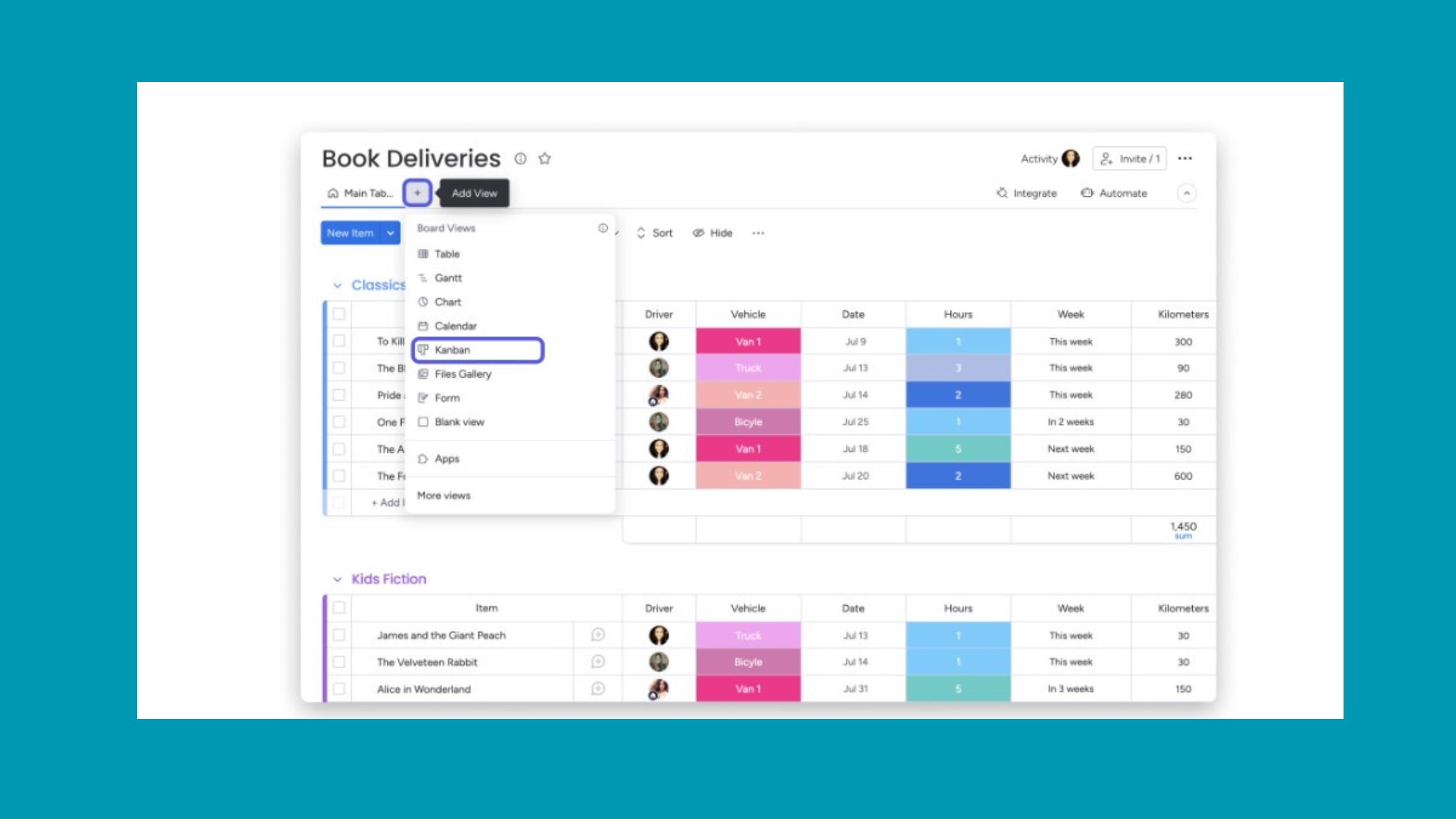 Kanban boards have become a popular visual tracking tool in agile development. Monday.com provides a versatile kanban board view that enables teams to visualize workflows, manage work in progress, and identify possible bottlenecks. Kanban boards’ visual nature enables teams to optimize their workflows, ensuring that work flows smoothly and that everyone is focused on generating value.
Kanban boards have become a popular visual tracking tool in agile development. Monday.com provides a versatile kanban board view that enables teams to visualize workflows, manage work in progress, and identify possible bottlenecks. Kanban boards’ visual nature enables teams to optimize their workflows, ensuring that work flows smoothly and that everyone is focused on generating value.
#3 Continuous improvement through retrospective analysis
A critical component of agile development is retrospective analysis. Monday.com includes tools for teams to hold retrospective meetings and analyze their performance. Teams can continuously improve their processes and overall performance by reflecting on previous sprints, identifying areas for development, and implementing changes.
Security and Privacy Measures
It is critical for any organization to ensure the security and privacy of sensitive data. Monday.com has strong security protections and conforms to strict privacy compliance standards.
#1 Ensuring data protection and privacy compliance
Monday.com takes client data security and privacy very seriously. To protect data in transit and at rest, the platform leverages industry-standard encryption techniques. Furthermore, Monday.com abides by privacy rules such as GDPR, CCPA, and HIPAA, guaranteeing that client data is handled with the highest care and in accordance with appropriate data protection standards.
#2 Monday.com’s security features and certifications
Monday.com offers a variety of security features and certifications to give clients peace of mind. Data backup and recovery systems, access controls, audit logs, and regular security audits are examples of these. Monday.com has achieved ISO 27001 certification, confirming its commitment to maintaining a strong security posture and safeguarding customer data against unauthorized access or breaches.
Integration Capabilities and Ecosystem
As organizations increasingly rely on a diverse set of tools and platforms, the ability to easily integrate becomes critical. Monday.com provides broad integration options with popular applications, allowing customers to leverage their existing software ecosystem.
#1 Seamless integration possibilities with popular tools
Monday.com connects smoothly with popular platforms such as Slack, Jira, Trello, and Salesforce. Monday.com ensures that teams can work smoothly across platforms, whether it’s collaboration, project management, customer relationship management, or other business-critical tools. This integration feature reduces the need for manual data entry, decreases context switching, and increases overall productivity.
#2 Extending functionality through integrations and apps
Monday.com provides an ecosystem of apps and integrations made by third-party partners in addition to native integrations. This extensibility enables businesses to have access to new capabilities and customize Monday.com to their specific requirements. The app ecosystem extends the Monday.com experience and enables organizations to construct a full and customized product management solution, with solutions ranging from reporting and analytics to workflow automation and time tracking.
Success Stories and Case Studies
Real-world examples of businesses that have benefited from Monday.com attest to its success in revolutionizing product management.
#1 Real-world examples of companies benefiting from Monday.com
Numerous businesses have benefited from Monday.com’s cutting-edge product management tools. For example, Company XYZ, a software development firm, used Monday.com to improve product planning, cooperation across distant teams, and time-to-market. Company XYZ improved resource allocation, task management, and overall project visibility by leveraging Monday.com’s services, resulting in increased customer satisfaction and revenue growth.
#2 Milestones and achievements of organizations using Monday.com
Monday.com users have reached significant milestones and made significant contributions to their respective fields. Monday.com has played a critical role in encouraging innovation and assisting organizations to achieve their goals, from successful product launches to optimizing complex supply chains. These success stories serve as motivation for other businesses looking to harness Monday.com’s revolutionary powers in their product management efforts.
Comparison with Competitors
While standard project management software has its uses, Monday.com has special advantages that distinguish it from the competition.
#1 Monday.com vs. traditional project management tools
Traditional project management technologies frequently lack the flexibility and collaboration capabilities needed for modern product management. Monday.com, unlike its competitors, offers a user-friendly design, customized workflows, and seamless integration possibilities to improve collaboration and efficiency. Furthermore, Monday.com’s emphasis on agile approaches, visual tracking, and advanced analytics outperforms traditional project management systems, making it the best alternative for organizations looking to revolutionize their product management practices.
#2 Analyzing Monday.com’s advantages over competitors
Several advantages emerge when comparing Monday.com to its competitors. Monday.com stands out from the crowd thanks to its user-friendly layout, broad customization possibilities, and seamless integration features. Furthermore, Monday.com’s powerful range of product management capabilities provides effective planning, streamlined communication, and data-driven decision-making. These benefits, together with Monday.com’s reputation and industry recognition, make it a game changer in the product management field.
Monday.com’s Pricing Structure
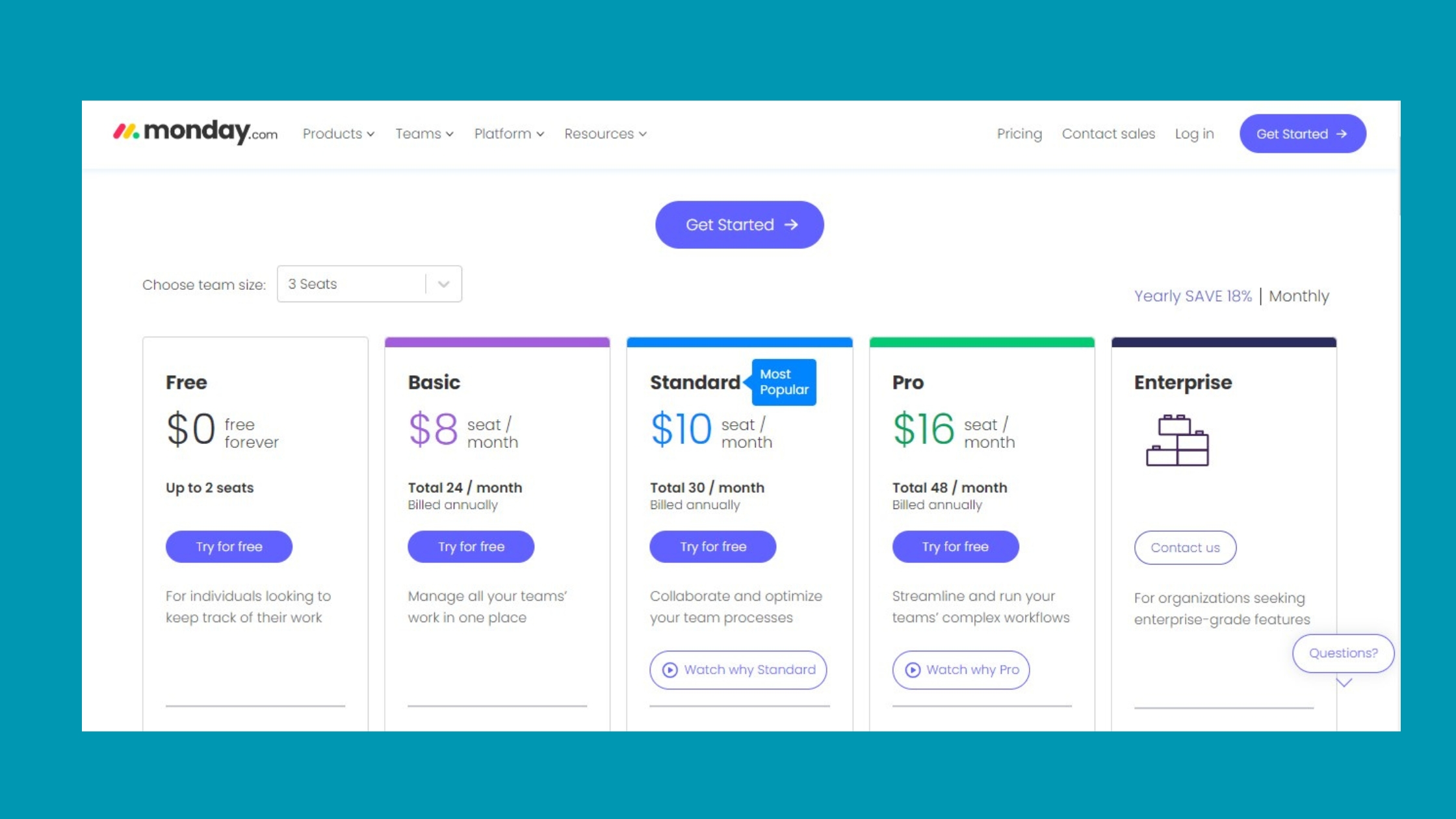 Monday.com has a variety of pricing levels to accommodate various business sizes and needs.
Monday.com has a variety of pricing levels to accommodate various business sizes and needs.
#1 A breakdown of available pricing plans
Monday.com has numerous price levels designed to satisfy the diverse needs of businesses. These plans are classified as Basic, Standard, Pro, and Enterprise. Each package provides varying degrees of functionality, user seats, and advanced features. Organizations can benefit from Monday.com’s transformational features while minimizing costs by picking the most appropriate price package.
#2 Evaluating cost-effectiveness for various business sizes
It is critical to examine the specific needs and size of your organization when analyzing the cost-effectiveness of Monday.com. While larger firms may demand more advanced features and more user seats, smaller businesses might begin with a less expensive choice. The flexible pricing structure of Monday.com means that organizations of all sizes may take advantage of its cutting-edge capabilities without breaking the budget.
Customer Support and User Community
Monday.com understands the value of delivering exceptional customer service and cultivating an active user community.
#1 Monday.com’s customer support services
Monday.com provides extensive customer support to guarantee that users have quick access to the assistance they require. Their support team is always accessible to answer any inquiries or resolve any problems, giving timely and personalized service. Monday.com also provides extensive documentation, video tutorials, and a knowledge base to help users troubleshoot issues on their own.
#2 Active user community and knowledge-sharing platforms
Monday.com has a vibrant user community that encourages information sharing and cooperation. Users can interact with other professionals, join user groups, and attend seminars and events. The platform also provides a dedicated forum for users to share tips, best practices, and novel use cases, resulting in a thriving ecosystem in which users can learn from one another and push the boundaries of their respective industries.
Monday.com’s Future Roadmap and Development
Monday.com has solidified its position as a game changer in the field of product management. This platform has altered the way teams collaborate, plan, and execute projects because of its creative and cutting-edge features. Monday.com, on the other hand, is not resting on its laurels. The platform’s future roadmap and development plans are ambitious, with the goal of significantly enhancing its capabilities and revolutionizing the field of product management.
#1 Insights into upcoming features and updates
Monday.com’s forthcoming additions and enhancements continue to push boundaries and thrill users. The platform’s integration of artificial intelligence (AI) is one of the important advances in the works. Users will be able to employ AI-powered algorithms to analyze project data, detect trends, and make data-driven decisions as a result of this. Furthermore, the use of machine learning capabilities will enable Monday.com to provide users with intelligent recommendations for optimizing team procedures and increasing productivity.
The growth of Monday.com’s integrations with third-party products and services is another interesting feature on the horizon. This will allow for seamless collaboration with popular platforms like Slack, Jira, and Salesforce, easing the process and improving cross-functional coordination. Monday.com intends to become the hub of all project-related activities by integrating with a wide range of technologies, allowing users to centralize their work and reduce the need to switch between numerous programmes.
#2 Monday.com’s commitment to continuous improvement
The regular updates and user-driven development approach of Monday.com demonstrate the company’s dedication to continual improvement. The platform actively solicits user feedback and includes comments and ideas into the development process. Monday.com ensures that it remains at the forefront of product management solutions by listening to its users’ requirements and challenges.
Furthermore, in order to stay ahead of the competition, Monday.com invests extensively in research and development. Its professional team is always investigating emerging technologies, market trends, and customer preferences in order to uncover areas for development and innovation. Monday.com ensures that its platform remains a true game changer in the field of product management by proactively addressing evolving needs and remaining adaptable to market demands.
Conclusion
Finally, Monday.com has transformed product management with cutting-edge capabilities that enable efficient collaboration, streamlined workflows, and data-driven decision-making. The platform’s user-friendly architecture and intuitive UI make it accessible to teams of all sizes and industries.
Monday.com’s adaptable project management solutions enable teams to successfully prioritize activities and adapt to changing requirements. It reduces communication gaps, promotes transparency, and boosts overall efficiency by unifying project-related information on a single platform.
Raj Panchotiya
Raj Panchotiya is a Head of link-building projects at vh-info. He loves to talk about Marketing and Social media. In his free time, he likes to read & stay updated on the marketing!
You can always reach out to Raj on LinkedIn.
